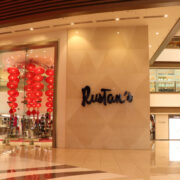Maricris Brias: Championing culture and community
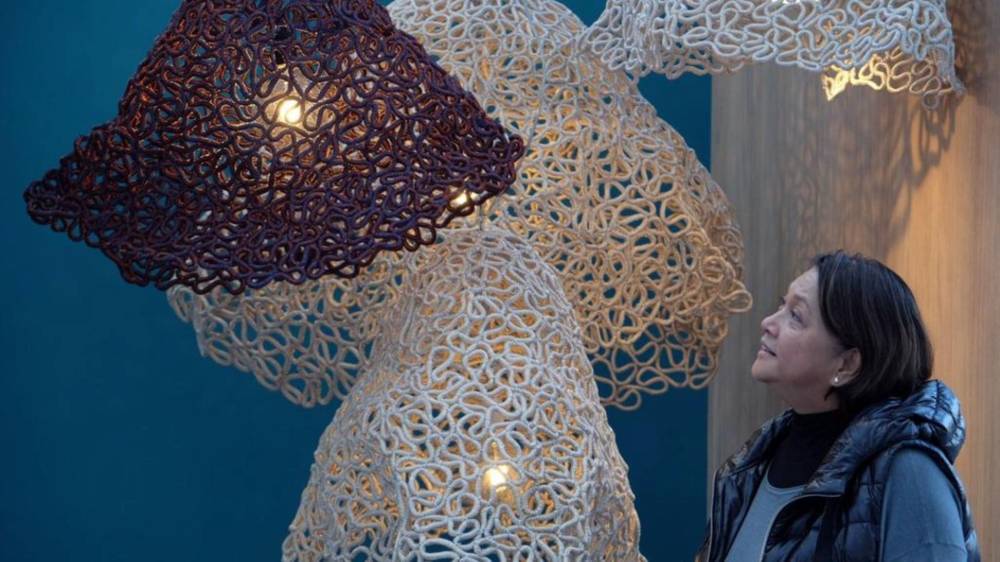
While diving near Malipano Island, close to her family’s Pearl Farm Resort, Maria Cristina Floirendo Brias encountered a hypnotic underwater world. Schools of vibrantly colored fish darted around intricate coral reefs, capturing her attention. Fascinated by the unique shapes, patterns, thorny branches, deep furrows and ridges of the coral formations, Brias saw a potential source of inspiration.
This experience subsequently inspired the creation of the Brain Coral and Sea Fan Coral wall panels, crafted in the Philippines. These remarkable pieces eventually garnered the prestigious Red Dot Design Award in Essen, Germany.
Meticulously handcrafted from metal bars enveloped in abaca fibers and secured with copper, stainless steel, or brass wire, each panel is a work of art. Versatile in application, these panels serve as elegant partitions, curtains, or standalone decorative objects. The design’s versatility extends to lighting fixtures, including chandeliers and lamps.
The Red Dot Jury praised the panels, highlighting their “filigree, organic structure” sustainability in materials and production, and the “versatile, translucent structure” of the Brain Coral Panel, characterized by the grooves and intricate folding patterns.
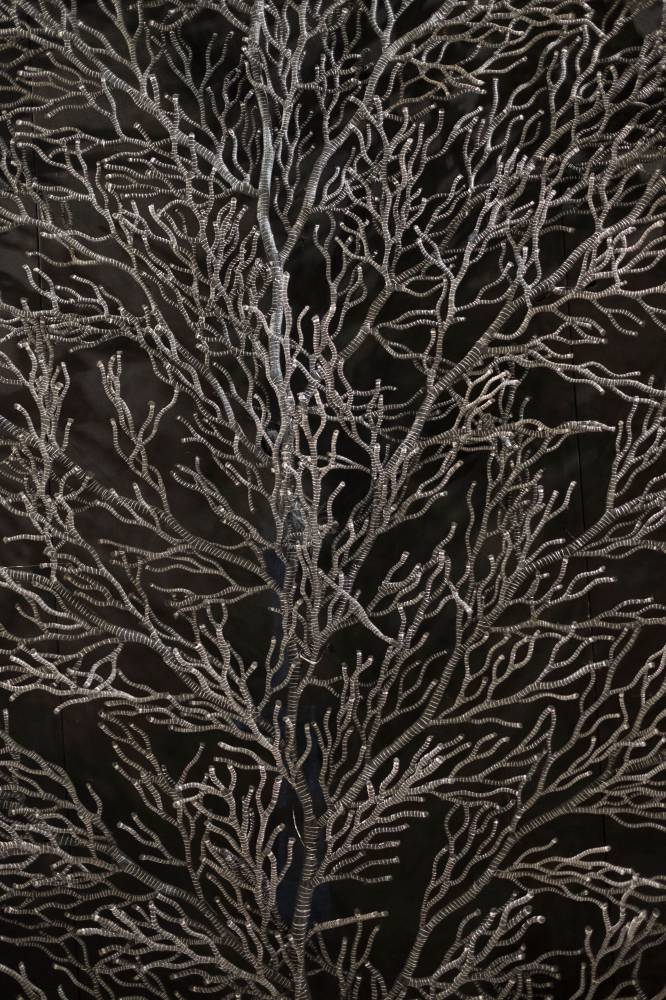
In an email, Brias cited The Red Dot as significant: “It is an international award, placing me in competition with designers from around the globe. This recognition provides a valuable benchmark for my designs on the world stage.”
From waste to best
The media-shy Brias is the head honcho and creative director of Tadeco Home. While relatively low-key to the public, her designs have garnered numerous awards and cultivated a loyal following in the high-end markets of France and Germany. She has earned a place in Movement 8, an elite group of designer-manufacturers dedicated to producing upscale contemporary Filipino home products.
Tadeco, or Tagum Agricultural Development Company, is a banana plantation and export company based in Davao del Norte. It operates under the Anflo Group of Companies, a conglomerate founded by Brias’ father, Antonio Floirendo.
Brias said her father instilled in his children a strong work ethic through his exemplary conduct. At the plantation, he prioritized the welfare of his employees above all else. “His business acumen and compassionate nature have deeply influenced me since childhood,” she said.
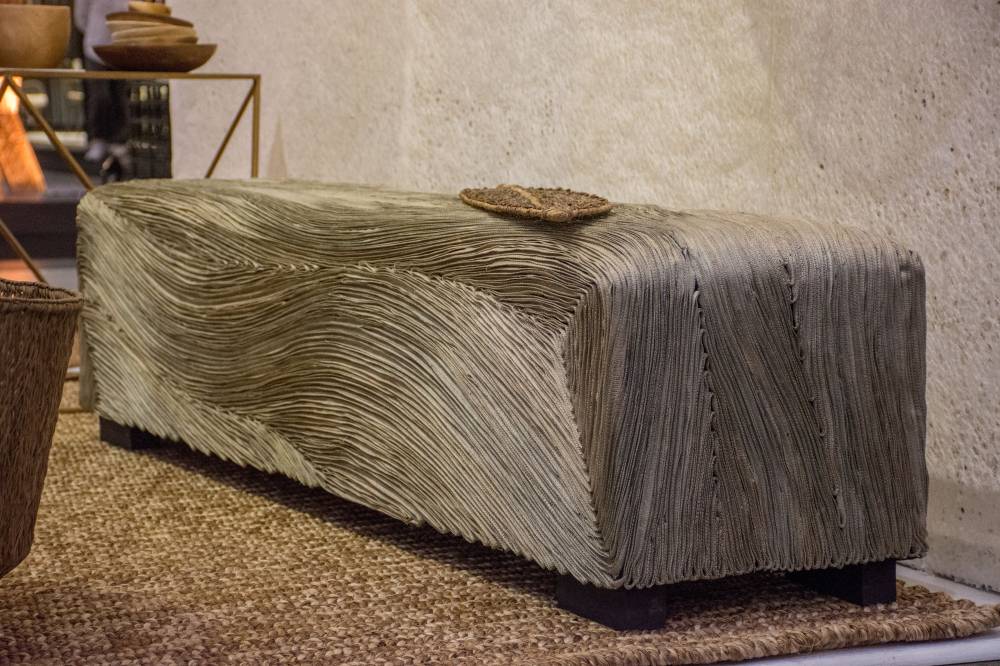
After completing her studies in graphic arts at Goldsmiths, University of London—famous for its emphasis on creative subjects—and working in an ad agency, she returned home and assumed responsibility for Tadeco’s livelihood and training programs for the dependents of its farmers in 1989.
Tadeco Home initially focused on handcrafted paper and boxes, creatively recycled from agricultural waste and adorned with Yakan, Tboli, and Mandaya patterns. It also produced home elements crafted from abaca, banana fibers, and the t’nalak fabric.
Brias established the business by participating in local trade fairs, eventually making her debut at Manila FAME in 1998. While foreign buyers were charmed by the exotic patterns and elegant products, they often inquired if Tadeco also sold bananas. Recognizing the need for a distinct brand identity for the livelihood program, she rebranded the products as Tadeco Home.
West meets East
Today, Tadeco Home’s ikat throw pillows have become a coveted staple in chic Manila residences. At the plantation, bamboo finds diverse applications, being transformed into roofs and elegant bamboo blinds for Pearl Farm’s villas or upcycled into stylish vases. Even cast-offs from banana harvests are ingeniously repurposed into unique and eco-friendly wallpaper.
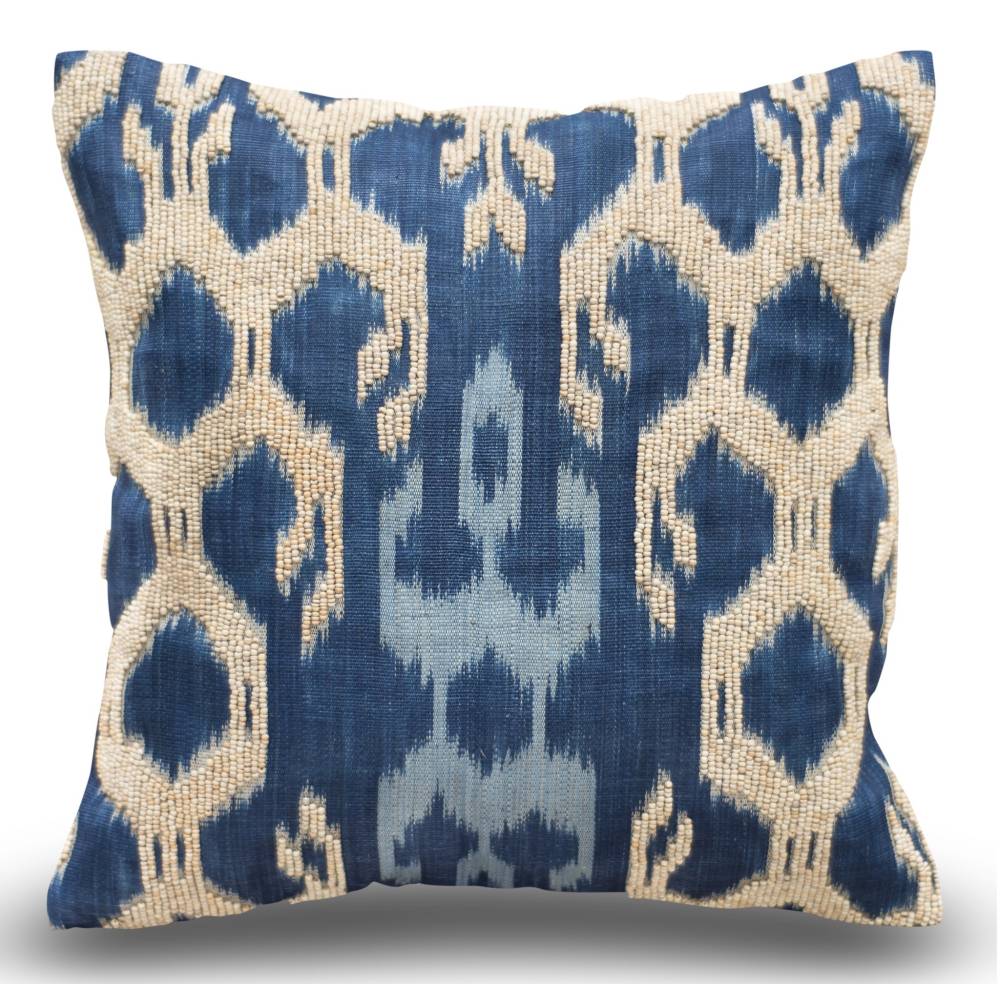
“She doesn’t follow trends,” observes Juvenal Fernandez, Tadeco Home’s manager for product development, production, and marketing. Brias draws inspiration from the natural world and Davao’s rich marine biodiversity, resulting in a style that is both clean and elegant, with a distinctly organic touch. The variety of shapes and textures in nature provides the foundation for her creative vision.
Brias cited Belgian interior designer and icon Axel Vervoordt as a major influence. Vervoordt’s signature style, associated with the Wabi-Sabi philosophy, emphasizes natural materials, embracing simplicity and even imperfection, allowing the inherent beauty of the form to shine through. While Vervoordt integrates traditional Eastern philosophy into contemporary Western aesthetics, Brias focuses on blending best Western practices with the transformation of indigenous materials and designs.
“My design philosophy centers on fostering a harmonious coexistence between the past and the present,” she wrote. Brias also expressed gratitude to Movement 8 pioneers, the late Tes Pasola and Tony Gonzales, whose idiosyncratic styles pushed her to continually explore the boundaries of her creativity.
Continuing tradition
Tadeco Home sources most organic materials from its plantation. Production involves specialized departments for metal forming, fabrication, and weaving. For bulk orders, community members, neighboring communities, and prisoners contribute to production by crafting parts. T’nalak is processed by households and used for wall panels and furniture.
Quality control is emphasized throughout the process, from material sourcing to final assembly.
Production involves a collaborative effort, with farmers, welders, designers, artisans, and line leaders all contributing to the final product.
At Lake Sebu, where Tadeco collaborates with 600 weavers to produce fabric and sew pillowcases, a strong emphasis is placed on quality control. Weavers receive training to ensure they meet high standards and are compensated accordingly.
Tadeco Home faces the dual challenge of recruiting and training skilled artisans to meet its production standards while preserving traditional craftsmanship and adapting to contemporary design demands. This challenge is exacerbated by an aging artisan population.
It has teamed up with the government and other groups to train artisans on the latest skills, but in a way that still respects their traditions. Realizing the importance of artisans working together, Tadeco created a group where they can share ideas and learn from each other.
Moreover, the company is building strong relationships within the community, which helps everyone involved, while also providing medical missions and scholarships to deserving children of farmers and artisans. These efforts ensure the continued flourishing of these artisans’ art for years to come.









